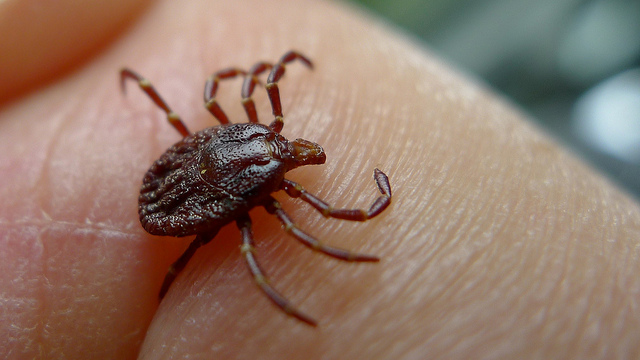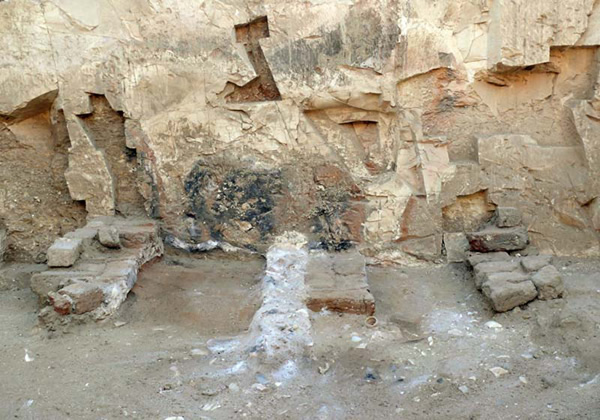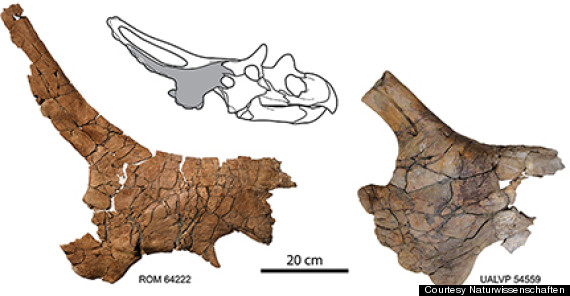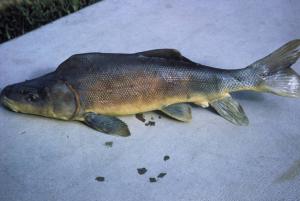Wisconsin Gov. Scott Walker, a potential 2016 repugican presidential
candidate, took part in a nationwide criminal scheme to coordinate
fundraising with wingnut groups, prosecutors said in court
documents unsealed Thursday.
No charges have
been filed against Walker or any member of his staff. The documents
were filed in December as part of an investigation into alleged illegal
fundraising and campaign coordination by Walker and his campaign, the
Wisconsin Club for Growth, the state chamber of commerce and other
groups.
The investigation
began in 2012 as Walker, who rose to fame by passing a bill that
effectively ended collective bargaining for most public workers, was
facing a recall election. But the probe has been on hold since May, when
a federal judge ruled it was a breach of Wisconsin Club for Growth's
free-speech rights and temporarily halted it.
State
prosecutors said in the December filing that Walker, former chief of
staff Keith Gilkes, top adviser R.J. Johnson and campaign operative
Deborah Jordahl were discussing illegal fundraising and coordination
with national political groups and prominent Republican figures,
including repugican cabal strategist Karl Rove.
"The
scope of the criminal scheme under investigation is expansive," lead
prosecutor Francis Schmitz wrote in a Dec. 9 court filing objecting to
an attempt by Walker's campaign and other wingnut groups to quash
subpoenas. "It includes criminal violations of multiple elections laws"
including filing false campaign finance reports, Schmitz wrote.
Walker's
campaign suggested that the documents mean little or nothing, given
that their position has already prevailed twice in court.
"Two
judges have rejected the characterizations disclosed in those
documents," campaign spokeswoman Alleigh Marre said in a statement.
Under
Wisconsin law, third-party political groups are allowed to work
together on campaign activity, but they are barred from coordinating
that work with actual candidates. Wisconsin Club for Growth has argued
the prohibition does not apply to them because they do not specifically
tell people how to vote, or run ads with phrases like "vote for" a
certain candidate. The federal judge who halted the investigation and
the judge overseeing it both agreed with that argument.
Prosecutors,
including Schmitz and Milwaukee County District Attorney John Chisholm,
have appealed the matter to the 7th Circuit Court of Appeals.
"The
evidence shows an extensive coordination scheme that pervaded nearly
every aspect of the campaign activities during the historic 2011 and
2012 Wisconsin Senate and gubernatorial recall elections," Schmitz said
in the December filing.
Prosecutors
also say that the national Club for Growth raised concerns about
potential illegal coordination with the Wisconsin group and Walker's
campaign as early as 2009. A spokesman for the national group declined
to comment.
Johnson, in
addition to being Walker's top campaign strategist, was also an adviser
for Wisconsin Club for Growth. He did not immediately return a message
left on his cellphone.
Gilkes
did not return a message placed on his cellphone. While he eyes a run
for president in 2016, Walker is seeking re-election this year against
likely Democratic nominee Mary Burke. Both Gilkes and Johnson are
working on his re-election campaign.
Jordahl did not immediately return a message left on her home phone.
It's
been known for months that the investigation focused on allegations of
illegal coordination between the Wisconsin Club for Growth, Walker's
campaign and other conservative groups in 2011 and 2012. But until
Thursday it wasn't clear that prosecutors saw Walker as having a central
role.
Wisconsin Club for Growth attorney Andrew Grossman argued the public has the right to see the documents.
The
papers show how prosecutors "adopted a blatantly unconstitutional
interpretation of Wisconsin law that they used to launch a secret
criminal investigation targeting conservatives throughout Wisconsin,"
Grossman said Thursday in an email. "Sunlight is the best disinfectant,
and this is a story that needs to be told to prevent more abuses and to
hold ... prosecutors accountable for violating the rights of
Wisconsinites."
An attorney for prosecutors, Sam Leib, did not immediately return an email seeking comment.
Prosecutors
have defended the investigation as a legitimate probe into whether
Wisconsin's campaign finance laws were violated and deny that they were
on a partisan witch hunt.




































